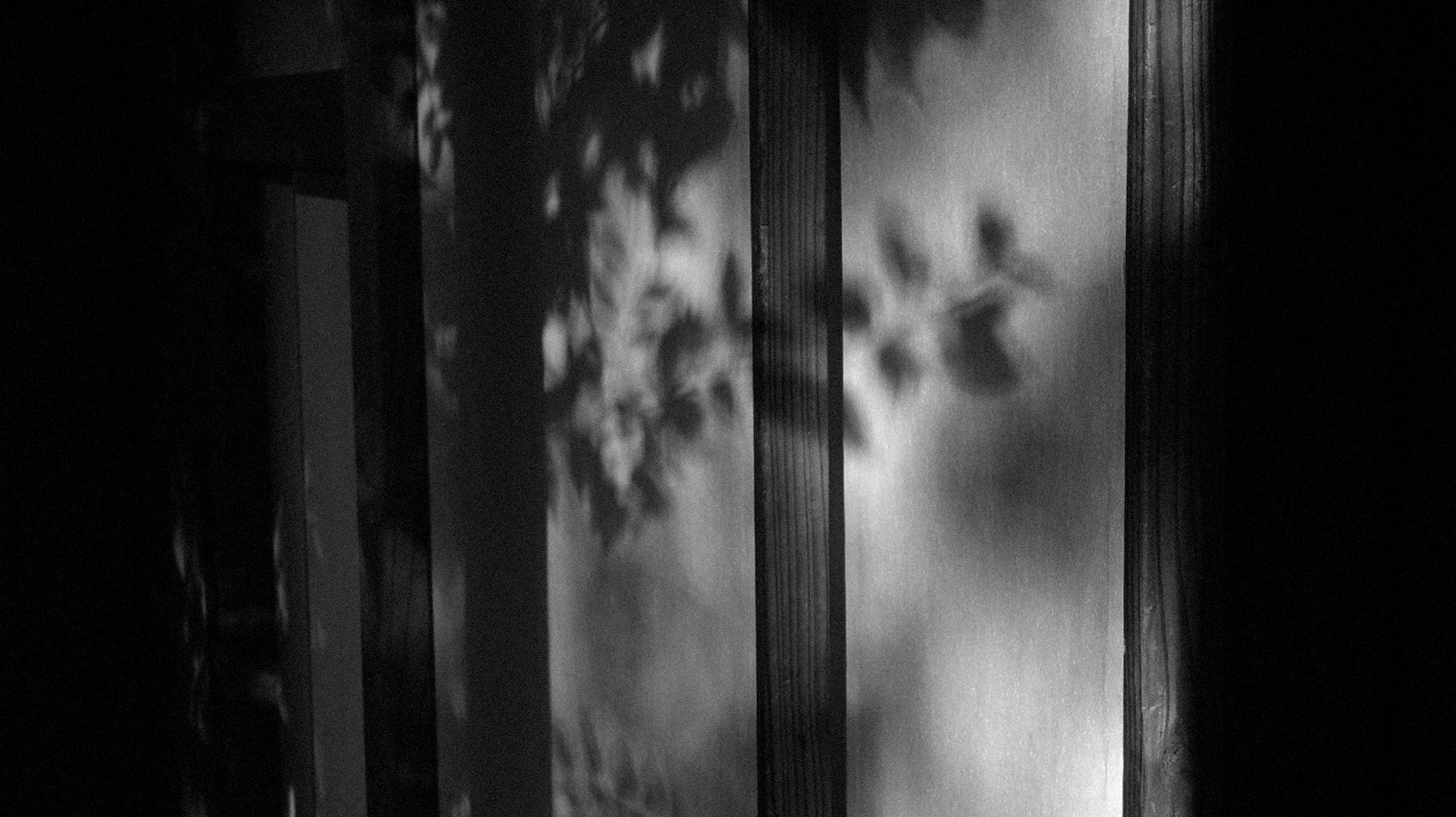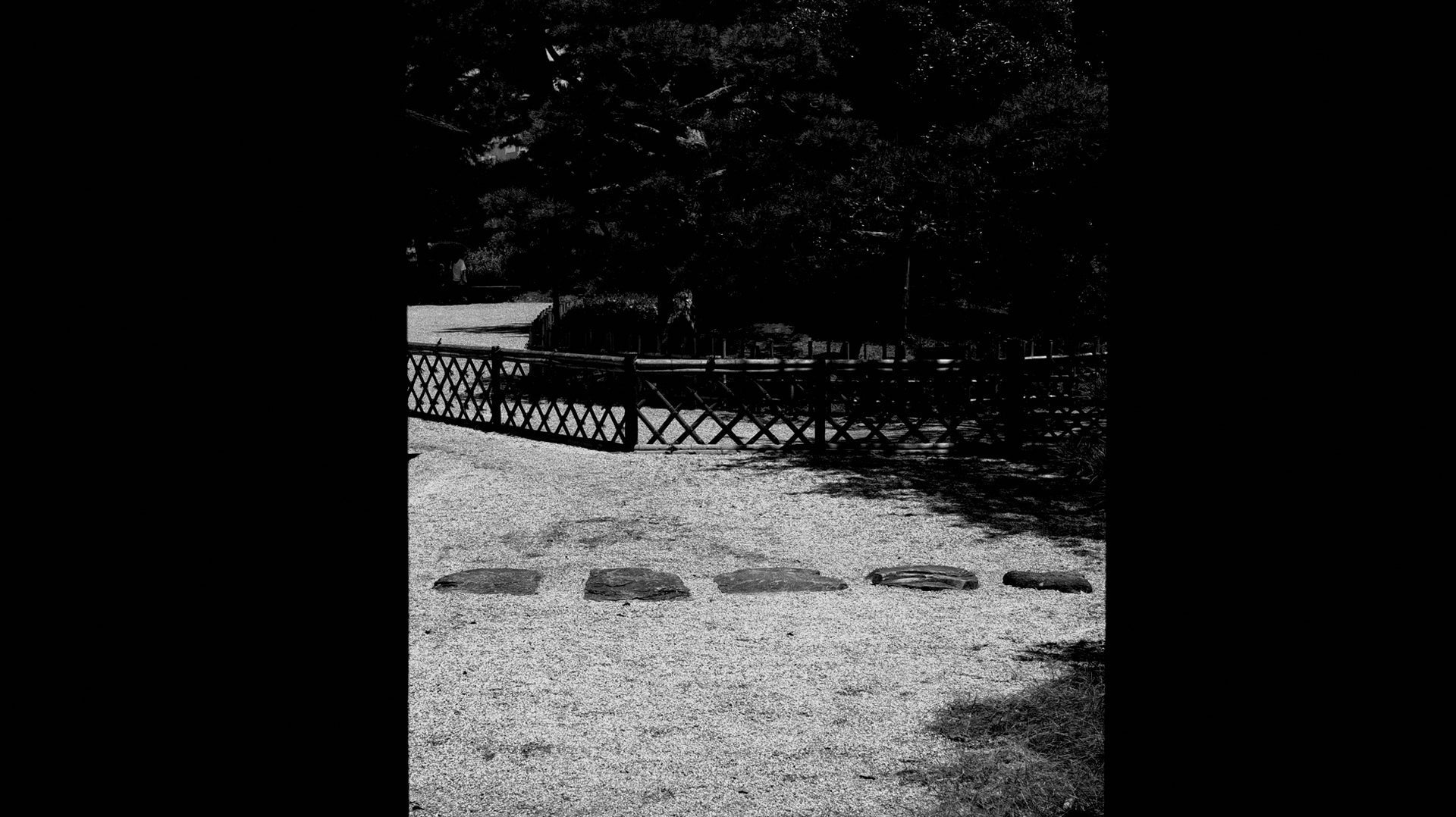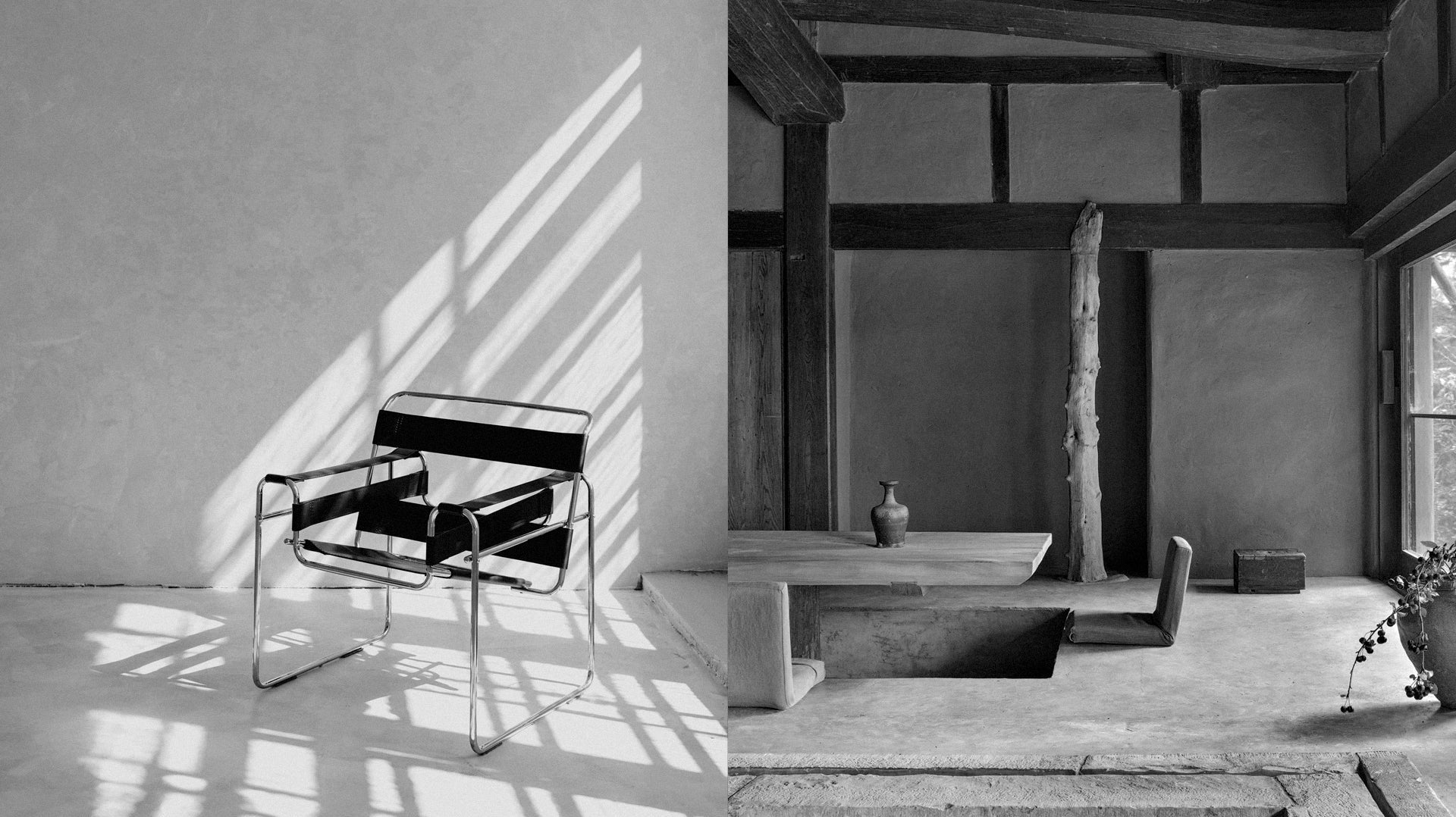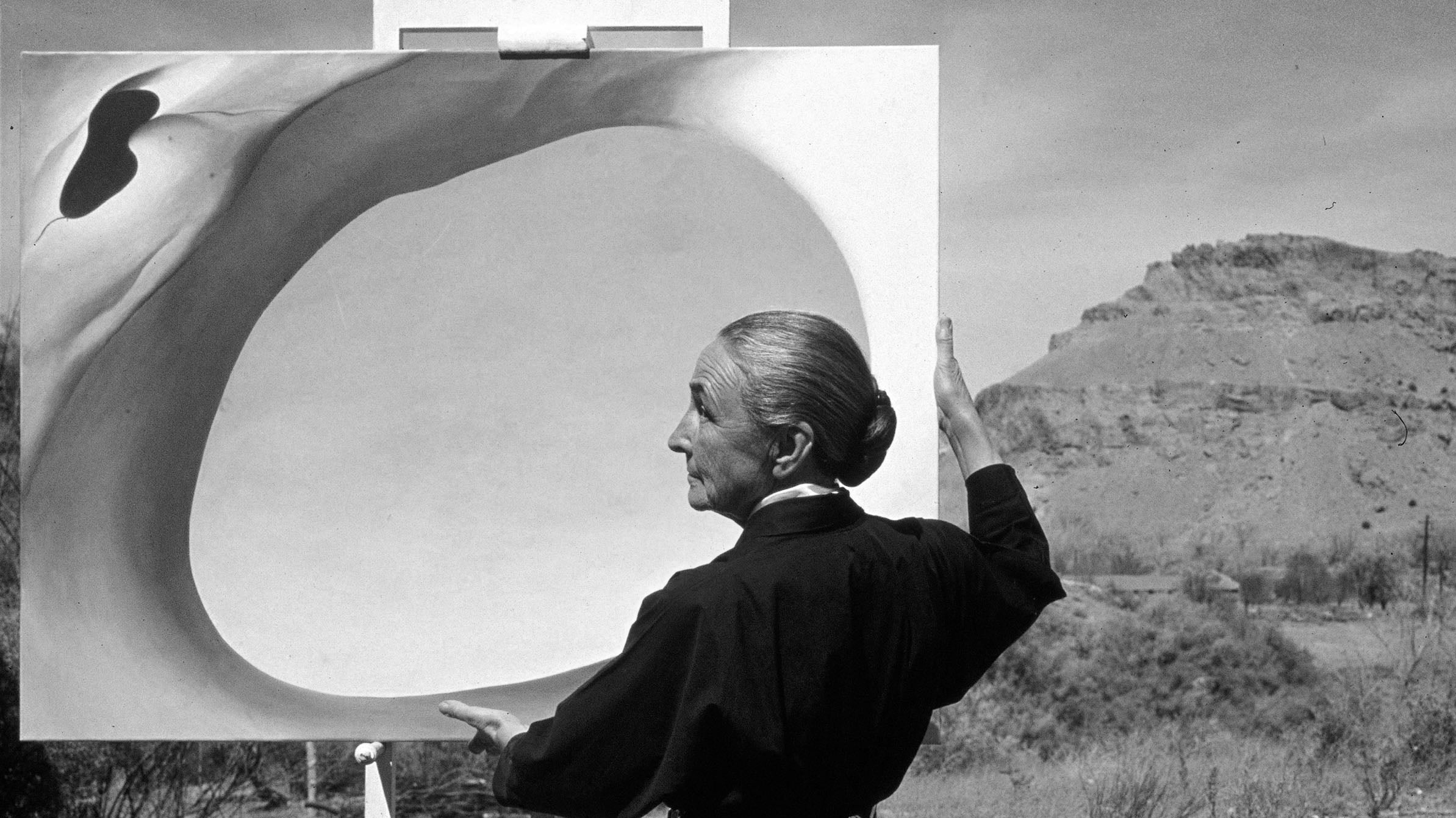Before Picasso. Before Kandinsky. Before the explosion of Modern Art. What did the art world look like? What happened in the space between classical beauty and modern expression? If you're curious too, let's discover it together.
Renaissance: The Rebirth of Art
We begin with the Renaissance.
The Renaissance was a period of major transformation in art, culture, and ideas across Europe, spanning roughly from the 14th to the 16th centuries. It began in Italy and gradually spread across the continent.
The word “Renaissance” means rebirth. It refers to the revival of classical ideas and styles from ancient Greece and Rome, while also embracing new ways of thinking.
After centuries of religious symbolism and flat, decorative figures, artists began looking back to classical ideals for inspiration. But they didn’t simply copy the past—they reimagined it, making art more human-centered and emotionally rich.
This was the era of proportion, harmony, and perspective. For the first time, artists used techniques like linear perspective and anatomical study to create convincing depth and realism. Figures no longer floated on gold backgrounds. They stood on solid ground, cast shadows, and expressed real emotion.
Artists like Leonardo da Vinci, Michelangelo, and Raphael led the way. Their work wasn’t just beautiful—it reflected a deep belief in human potential, curiosity, and rational thought.
Renaissance artists aimed to represent the human form in a more naturalistic and lifelike way. They captured emotions, muscle structure, and facial expressions with incredible precision. For example, Michelangelo’s sculpture David shows remarkable anatomical accuracy. His stance, veins, and posture make him feel almost alive.
During this time, art became more than decoration. It became a way to explore the human experience and the natural world.
Baroque: Art as Drama
After the balance and harmony of the Renaissance, something more dramatic began to emerge. If Renaissance art is like a calm conversation, then Baroque is a full theatrical performance.
The Baroque period began in the early 1600s in Italy and spread across Europe. It reflected a world filled with movement, emotion, and grandeur. Art became a powerful tool for expression, both in churches and royal courts.
The word "Baroque" comes from a Portuguese term meaning an irregularly shaped pearl. Like its name, Baroque art was bold, dramatic, and full of surprises.
Unlike the calm and measured style of the Renaissance, Baroque artists wanted to stir emotion. They used strong contrast, dynamic compositions, and theatrical lighting to pull the viewer in. One of their most powerful techniques was chiaroscuro—the dramatic use of light and shadow to create depth and intensity.
Caravaggio, one of the most renowned Baroque painters, brought biblical stories and everyday moments to life with striking emotional realism. His paintings feel almost cinematic. The figures don’t just pose—they flinch, reach, and struggle. In sculpture, Bernini went even further. His marble statues seem to breathe, move, and feel pain.
Some Baroque artists focused on life’s darker side—death, decay, and the passage of time. These were called vanitas paintings, created to remind viewers that life is fleeting. And there were powerful women too. Artemisia Gentileschi was one of the few female artists of the time. She painted fierce heroines and scenes filled with strength and personal pain.
Baroque art wasn’t just beautiful. It was honest. It was intense. It was deeply human.
Rococo: A Garden of Elegance and Escape
After the drama and intensity of the Baroque, art took a softer turn. In the early 1700s, the Rococo style emerged in France. It reflected a different mood, focusing on elegance, playfulness, and charm.
The name "Rococo" comes from a French word that originally referred to the decoration of artificial grottos with shells and stones during the Renaissance. Rococo first appeared as an interior design style, favored by the urban upper class.
Rococo wasn’t about deep emotion or religious awe. It focused on atmosphere. The images felt light, romantic, and sometimes even a little mischievous.
Baroque is like a thunderstorm. Rococo is a garden in spring. This style reflected the tastes of the aristocracy before the French Revolution—a world shaped by elegance, comfort, and the desire to escape reality.
But Rococo did not last. When the French Revolution broke out in 1789, Rococo quickly fell out of favor. It became a symbol of aristocratic excess and the art of a fading world.
For over a century, it was dismissed as superficial and indulgent. Yet it reminds us that joy and beauty can often be found in life’s lighter moments.
Neoclassicism: A Return to Reason and Order
In the late 1700s, artists and thinkers looked back to the ancient world for inspiration. They admired the clarity, order, and idealism of Greek and Roman art. This marked the beginning of Neoclassicism.
Neoclassicism emerged as a response to the excesses of Rococo. Where Rococo was playful and decorative, Neoclassicism was serious and structured. It was a time of major social and political change. Enlightenment ideas about reason, science, and democracy were spreading, while revolutions were reshaping Europe and America. In this climate, art turned to the past for moral clarity and strength.
Neoclassical artists believed that beauty should serve a purpose. Art was no longer just personal or ornamental. It was meant to educate, to inspire, and to express universal values. The style was clean and restrained. Compositions were balanced. Figures were idealized. Emotions were controlled.
Artists like Jacques-Louis David became leading voices of the movement. His painting The Oath of the Horatii is a perfect example. It is serious, structured, and filled with patriotic spirit. Sculptors like Antonio Canova created marble figures that echoed ancient statues but brought a new sense of purity and grace.
Neoclassicism spread across Europe and shaped architecture, design, and even fashion. It became the official style of both the French Republic and Napoleon’s empire.
This return to classical ideals was more than just a style. It was a statement. After the fantasy of Rococo, people began searching for something more grounded. In the wake of aristocratic excess, Neoclassicism shifted the focus toward intellect, morality, and the dignity of the individual. It valued principles over luxury and purpose over decoration.
That is why Neoclassical buildings still surround us today in governments, museums, and courthouses. They represent timeless ideals like reason, order, and civic virtue.
Romanticism: Art of Emotion and Imagination
As Neoclassicism promoted reason and order, a very different artistic voice began to emerge. It valued emotion over logic and imagination over rules. This was the beginning of Romanticism.
Romanticism took hold in the late 18th and early 19th centuries. It was not just a style of art. It was a mindset that grew in response to the rationalism of the Enlightenment and the political upheavals of the time.
Where Neoclassicism looked to ancient ideals, Romanticism turned inward. It explored dreams, fears, nature, and the human soul. Romantic artists believed that feeling was just as important as thinking. They found beauty in the sublime, in powerful forces like storms, mountains, and mystery. Art became a way to express the inner world of the individual.
Painters like Francisco Goya captured the darker sides of human experience such as war, madness, and suffering with haunting emotional power. Caspar David Friedrich painted vast landscapes that evoke solitude and spiritual reflection. His figures often appear small against nature, inviting viewers to contemplate their place in the universe. Eugène Delacroix used bold colors and expressive brushstrokes to capture passion and revolution. His works pulse with energy and human drama.
Romanticism was not about rules or perfection. It was about intensity. It challenged the idea that truth could be found only in logic. Instead, it suggested that truth could also live in emotion, intuition, and imagination. This movement opened the door to new artistic freedom. Artists no longer had to follow strict formulas or classical ideals. They could follow their feelings.
Romanticism helped set the stage for the expressive and boundary-breaking art that would come later in the 19th century and beyond.
Realism: The Truth of Everyday Life
After the emotion and imagination of Romanticism, a new movement took a different path.
In the mid-1800s, Realism emerged in response to Romantic idealism and the sweeping changes of the Industrial Revolution. The term also came to describe paintings that portrayed everyday life with honesty.
Realist artists believed that art should reflect the world as it truly is—not as a dream, not as a myth, but as a mirror to everyday life. They focused on ordinary people such as farmers, factory workers, and scenes from daily city life. Instead of kings or gods, their subjects came from the real world, reflecting working-class struggles and rural life. The goal was honesty, not beauty. Realism aimed to show life without embellishment, without illusion, and without sentimentality.
Gustave Courbet was one of the leaders of the movement. His paintings, like The Stone Breakers, focused on physical labor and the dignity of work. Critics were horrified. Why would anyone paint poor people, dirty clothes, and hard work? But for Courbet, the truth of everyday life mattered more than idealized beauty. He once said, "I have never seen either angels or goddesses, so I am not interested in painting them."
Across Europe, artists began to depict social reality. They showed poverty, inequality, and the changes brought by modern industry. Realism was not cold or indifferent. It was grounded in compassion and curiosity. These artists believed that even the most humble moments were worth recording because they revealed something true about the human experience.
While earlier movements sought beauty in the ideal, Realism found meaning in the ordinary. It reminds us that even the simplest moments and quietest lives are worth seeing and remembering.
Read More Art Articles
• 6 Forgotten Modern Art Movements You Should Know
• Impressionism vs. Post-Impressionism: What’s the Difference?
• Contemporary Art Meaning: Why It Matters in Today's World?
• 6 Forgotten Women Artists in Art History You Should Know
About Us
Dans Le Gris is a brand that began with everyday jewelry, with each handmade piece designed and crafted in Taiwan. We deeply value every detail, dedicating ourselves to creating timeless pieces through collaboration with experienced craftsmen.
In our journal, we provide irregular updates featuring articles about art, culture, and design. Our curated content encompasses diverse aspects of life, with the aspiration to offer meaningful insights and inspiration.
Shop Now
↪ Follow us for more updates: YouTube | Instagram






